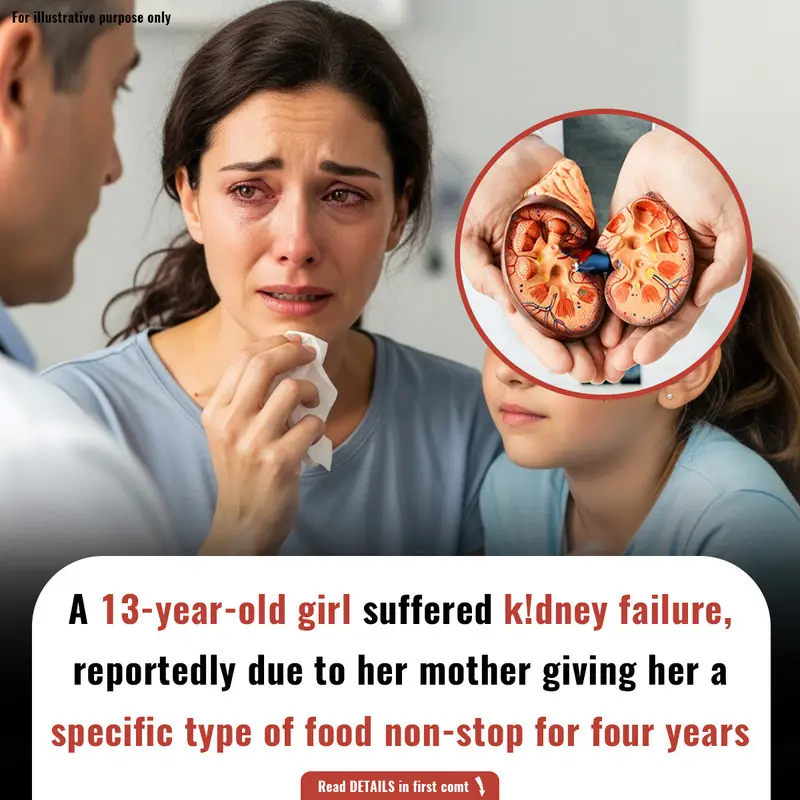What is Womb Cancer?
Womb cancer, also known as endometrial cancer, begins in the lining of the uterus, called the endometrium. It is the most prevalent type of gynecological cancer and commonly occurs in postmenopausal women, although it can also affect younger women. Womb cancer often develops slowly and, in the early stages, is typically confined to the uterus. However, if left untreated, it can spread to other parts of the body, which makes early detection and treatment critical.
Key Symptoms to Watch For

Womb cancer affects around 9,7000 women every year in the UK. Nicknamed a silent killer, when the disease is diagnosed at later stages, only 15 per cent of women will survive. Peaches Trust wants to raise better awareness for the disease, so women can catch it early ( source: Peaches/Womb Cancer trust)
The most common and prominent symptom of womb cancer is abnormal vaginal bleeding. This can include:
-
Bleeding after menopause: This is considered a red flag as any bleeding after menopause should be investigated.
-
Irregular bleeding between periods: Spotting or bleeding between menstrual cycles is another symptom to be aware of.
-
Heavier or longer periods than usual: If periods become unusually heavy or last longer than typical, it may indicate an underlying issue.
-
Unusual vaginal discharge: Women with womb cancer may notice an abnormal discharge that is often watery or bloody in nature.
Other symptoms that can indicate womb cancer include:
-
Pelvic pain: Persistent pain in the pelvic region or during sexual intercourse could be a sign of womb cancer.
-
Pain during sexual intercourse: Discomfort during sexual activity may also be associated with the disease.
-
Unexplained weight loss: A sudden, unexplained loss of weight, coupled with other symptoms, should not be ignored.
It's important to note that while these symptoms can be indicative of womb cancer, they can also be caused by other conditions. Therefore, if you experience any of these symptoms, it is crucial to consult a healthcare provider for further evaluation.
Survival Rates Based on Cancer Stage
The survival rate for womb cancer significantly depends on the stage at which it is diagnosed. Early detection leads to better outcomes and more treatment options. Here's a breakdown of survival rates based on the stage of cancer:
-
Stage 1 (Localized): When the cancer is confined to the uterus, the five-year survival rate exceeds 90%. This is why early detection through regular gynecological exams is essential.
-
Stage 2: If the cancer has spread to the uterus but not beyond, the five-year survival rate is around 75%.
-
Stage 3: When the cancer spreads to surrounding tissues or lymph nodes, the survival rate drops to approximately 50%.
-
Stage 4: At this advanced stage, where cancer has spread to distant organs, the survival rate is about 15%. Treatment becomes more challenging, but options such as chemotherapy or targeted therapies may still provide some benefit.
Importance of Early Detection
Early detection is crucial when it comes to womb cancer, as the chances of successful treatment are much higher when the disease is confined to the uterus. If you experience any of the symptoms mentioned earlier, particularly abnormal bleeding or pelvic pain, it is important to seek medical attention immediately. A gynecologist can perform various tests, including an ultrasound or biopsy, to diagnose womb cancer.
A transvaginal ultrasound or an endometrial biopsy can help detect abnormal growths or changes in the uterus lining. These simple and non-invasive tests can provide valuable information and lead to early detection.
Treatment Options for Womb Cancer
Treatment for womb cancer often involves a combination of methods depending on the stage and severity of the disease:
-
Surgery: The primary treatment for womb cancer, especially in its early stages, is a hysterectomy, where the uterus is removed. In some cases, the ovaries and fallopian tubes are also removed to prevent the spread of cancer.
-
Radiation therapy: This may be used after surgery to target any remaining cancer cells or if the cancer has spread to nearby tissues.
-
Chemotherapy: For more advanced stages of womb cancer, chemotherapy may be recommended to shrink the tumor or prevent it from spreading further.
-
Hormone therapy: In certain cases, hormone therapy is used to block hormones that may be fueling the growth of cancer cells. This treatment is more common for women who have hormone-sensitive cancers.
Other treatments may include immunotherapy and targeted therapy, which are becoming more common in treating various cancers, including womb cancer.
Risk Factors for Womb Cancer
While any woman can develop womb cancer, certain factors increase the risk. These include:
-
Age: The risk increases with age, especially after menopause.
-
Obesity: Being overweight or obese increases the risk due to higher levels of estrogen produced by fatty tissue.
-
Hormonal imbalances: Women who take hormone replacement therapy (HRT) or have had unopposed estrogen therapy are at higher risk.
-
Family history: A family history of womb cancer or other cancers, such as ovarian or colorectal cancer, may increase the risk.
-
Reproductive history: Women who have never been pregnant or have had difficulty conceiving may have a higher risk of developing womb cancer.
Preventive Measures
While not all cases of womb cancer can be prevented, there are several lifestyle changes that can reduce the risk:
-
Maintain a healthy weight: Regular exercise and a balanced diet can help reduce the risk of obesity, which is linked to an increased risk of womb cancer.
-
Healthy diet: A diet rich in fruits, vegetables, and whole grains, along with limited processed foods, may contribute to a lower risk.
-
Limit hormone therapy: If you're using hormone replacement therapy, consult with your doctor about the risks and benefits and whether it’s appropriate for your situation.
-
Regular check-ups: Routine gynecological exams and discussing any unusual symptoms with your doctor can lead to early detection.
Conclusion
Womb cancer is a serious health issue, but with early detection and treatment, the chances of survival are greatly improved. Being aware of the symptoms, such as abnormal bleeding and pelvic pain, is essential for early diagnosis. Women should not hesitate to seek medical advice if they notice any concerning changes in their health. Regular check-ups and maintaining a healthy lifestyle can significantly reduce the risk of womb cancer and other reproductive system health problems.


























